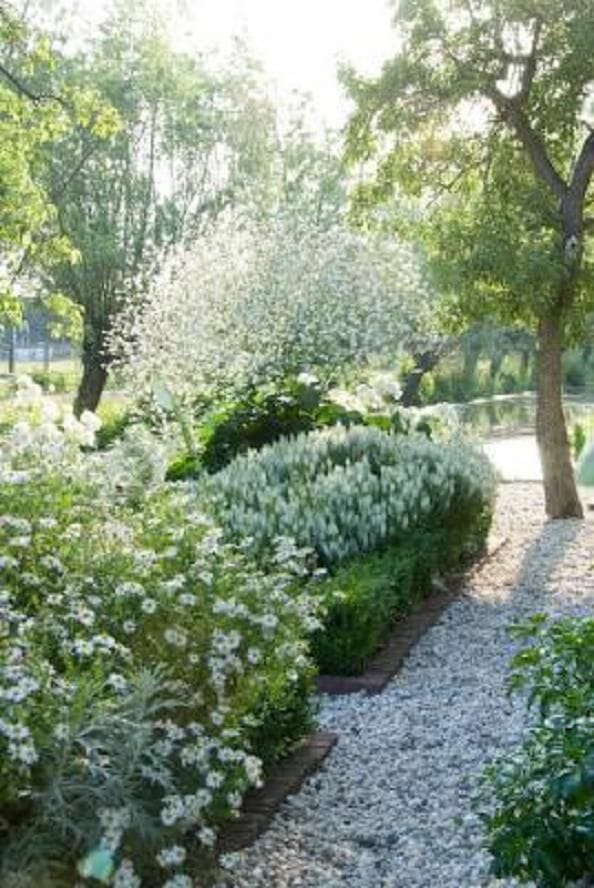
Garden Path Tips and Inspiration
Garden path design is an often overlooked, yet key part of any garden’s aesthetic. When thinking about pathways, you should think about style, function, weather, durability, and of course, cost.
For our personal garden renovation, I’m considering a few options. We like decomposed granite (DG), pea gravel, some brick elements, and some stones sunken into grass or creeping thyme for our garden pathways. These will be used to guide you through the garden, but also as a way to accent different elements and areas for the space.
We meet ourselves time and time again in a thousand disguises on the path of life.
Carl Jung
I have been collecting inspiration via Pinterest (duh), and am so excited to share it with you! We are moving into a major design phase for our space, so this is a fun time to be digging into the details on garden path options.

Things To Consider with Garden Path Design
There are really endless ways to design any space but below is what I take into consideration:
- Your home’s existing style. We have a colonial style home that is red brick. I want to keep that vibe in the garden, mixing in some French potager style as well. Overly matchy matchy isn’t for me, but having some brick accents will be a must, to create a cohesive look.
- Weather patterns. With pathways and all ground space, you need to take into consideration drainage and weather. Our climate doesn’t get much rain, but when we do it can pour. We are on a slope, so need drainage to be really efficient and not create erosion. There is also a tendency for drought here, so thinking about what will retain water can be important, as well as what won’t be too hot against bare feet. Lots of barefeet around here!
- Durability. DG is great because it’s so durable. It seems to be the most tidy and least tempting for children to destroy (unlike pea gravel which goes into mouths, over fences, and into pockets).
- Cost. Cost is always a thing (ok, well for most of us) and there are really affordable ways to create fun pathways. When calculating cost, most people will sell products by the cubic yard. You’ll need an accurate measurement of your garden space and pathway space, as well as the depth that you want. For example, with pea gravel and DG there are common depths that these materials are poured in. Ask about that when you source materials.
- Toxicity and environmental impact. One note I want to share is that some materials can be toxic. I want to keep a low impact, and allow for soil health to be as best it can be given the situation. A material that is commonly used, but can contain lead and other toxins are railroad ties. We also like to shy away from concrete as it can be pretty rough to work with and doesnt breath at all.
Garden Path Inspo
Take a look at some of my favorite pathways here, and follow along on my Pinterest board as I keep collecting!
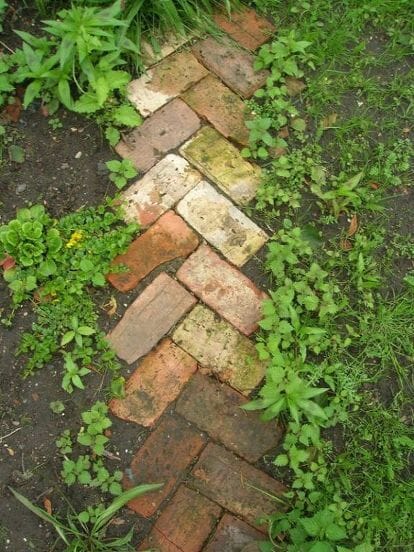
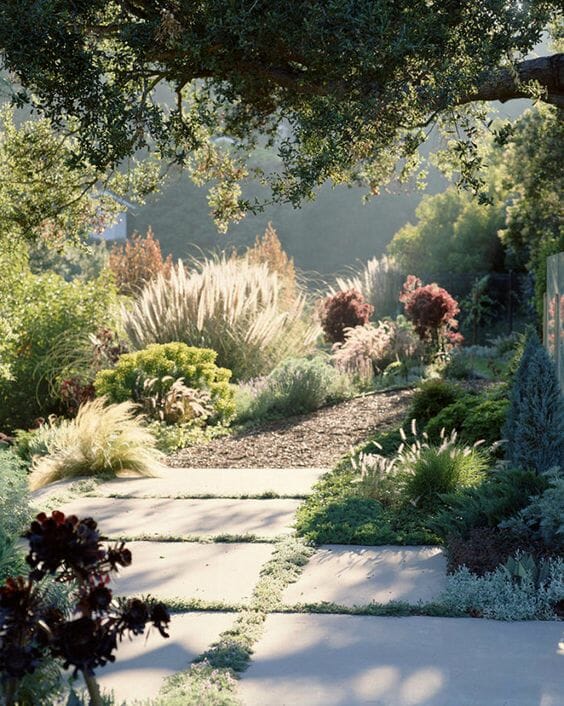
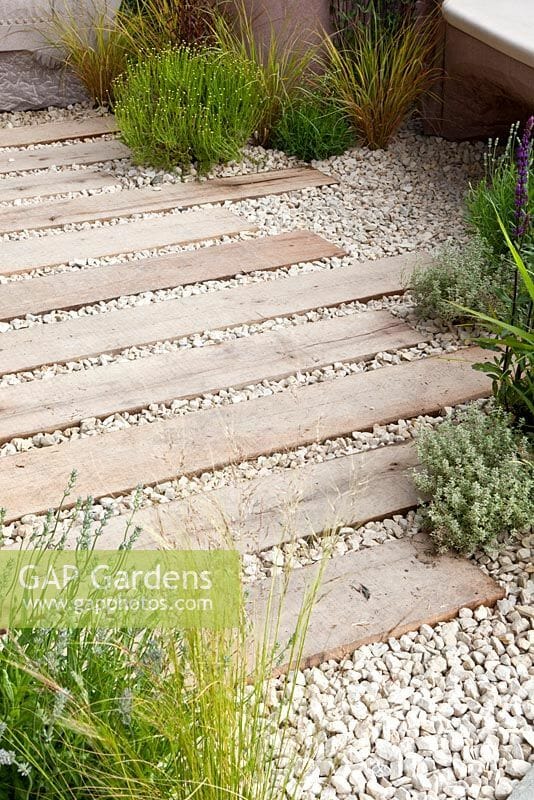
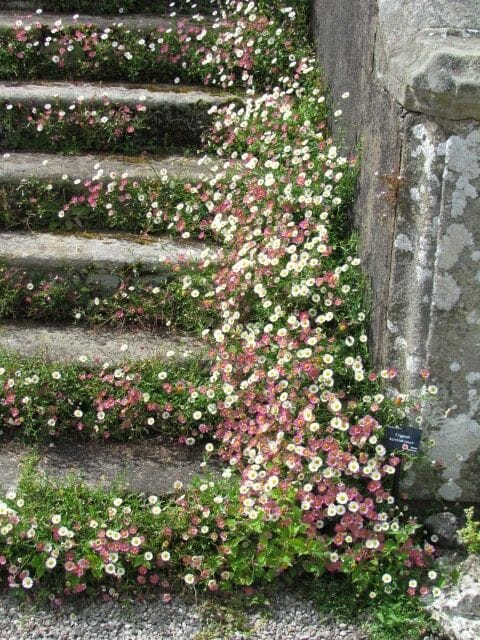
For more inspo, HERE are some potting benches that I’ve been coveting!
Here are some raised bed inspiration pics and tips too!
